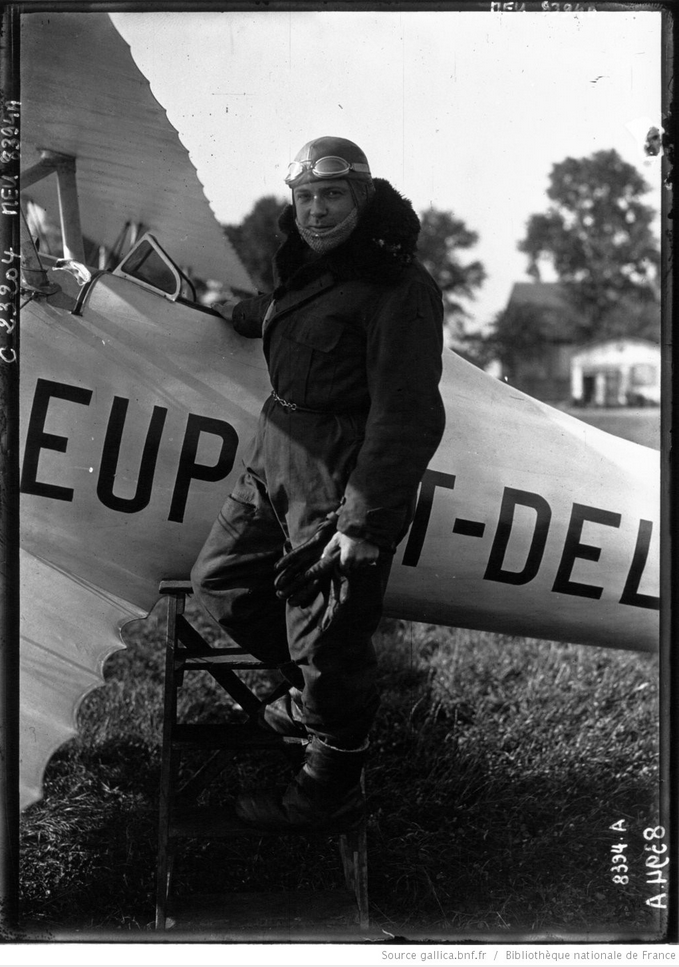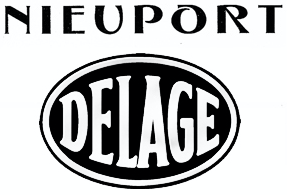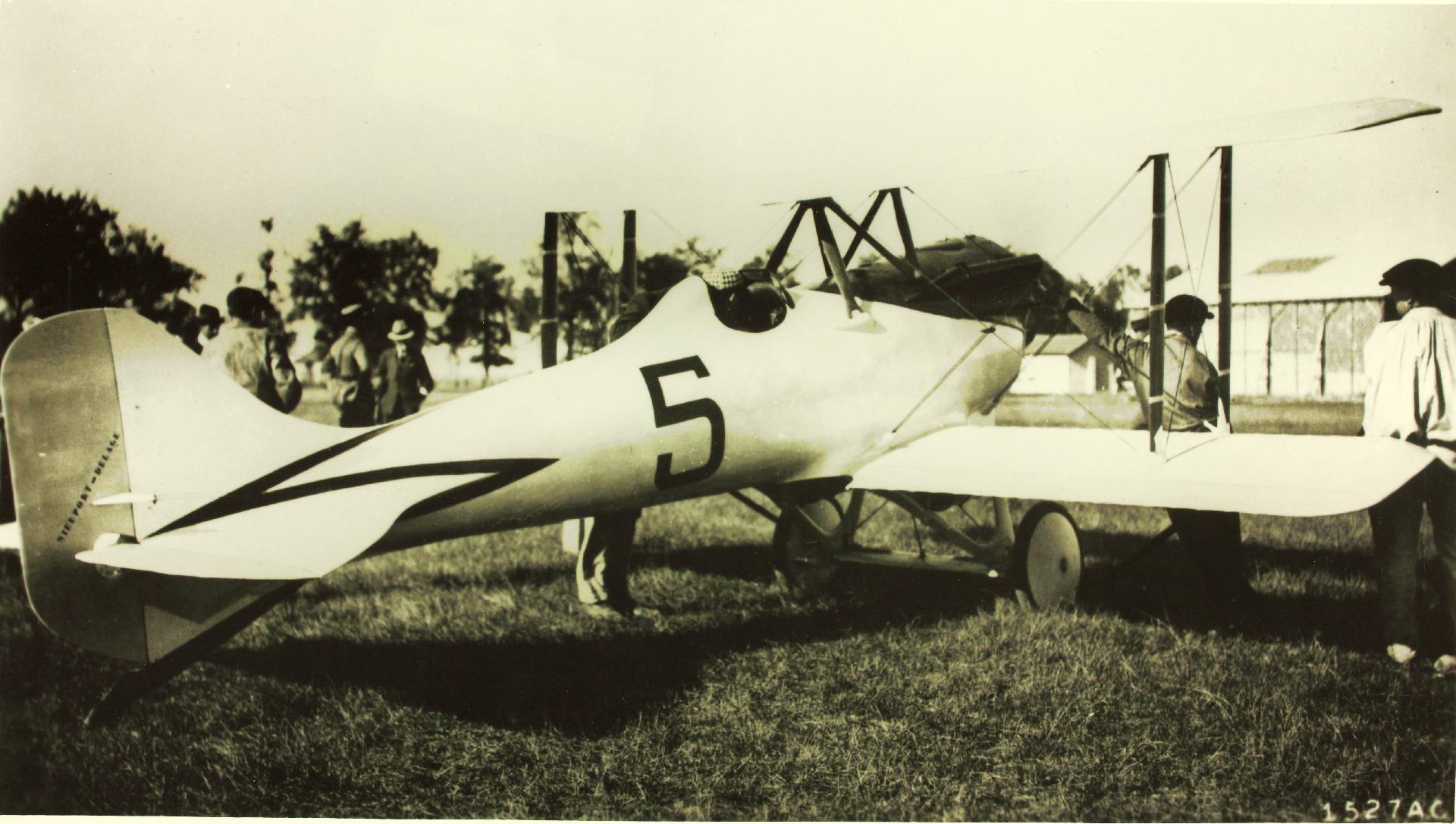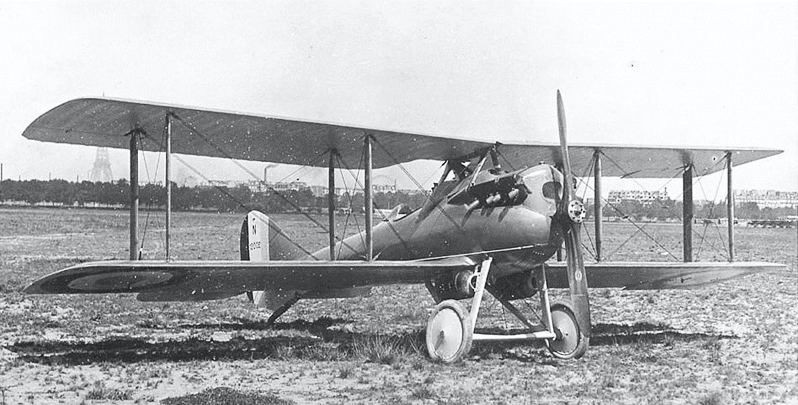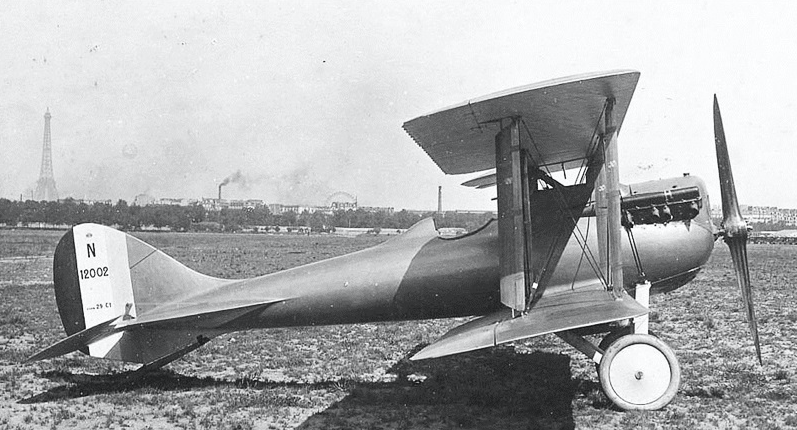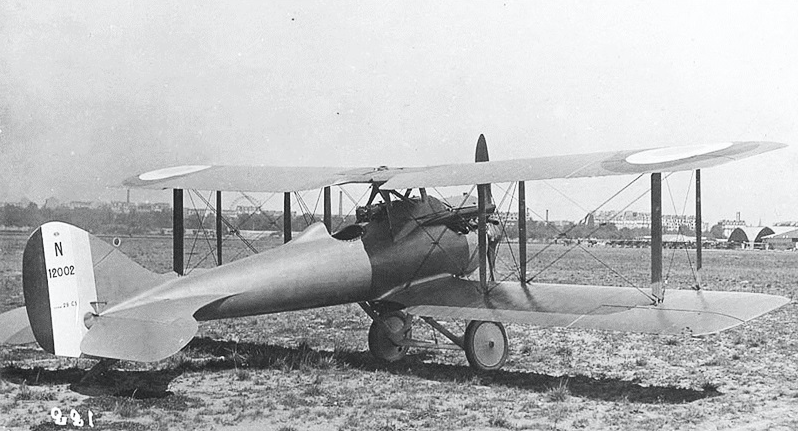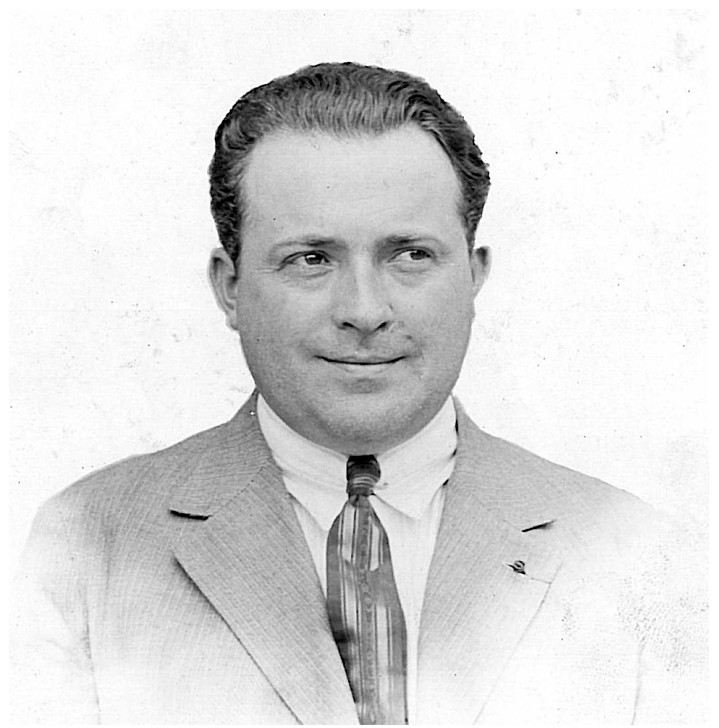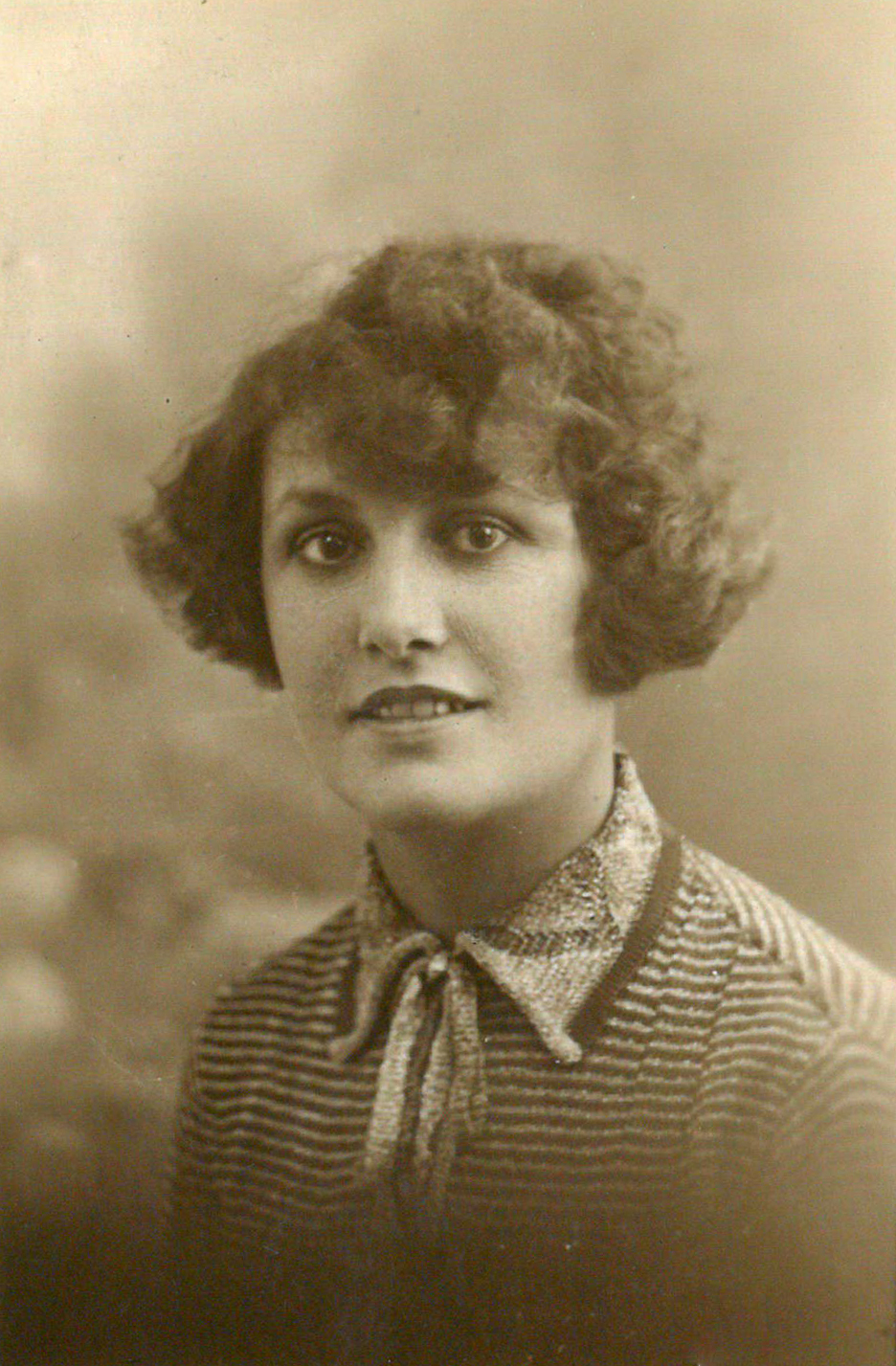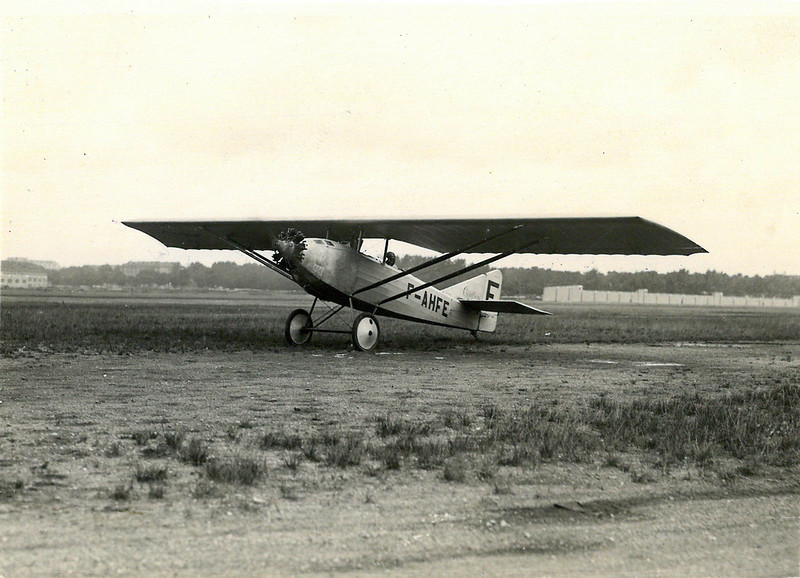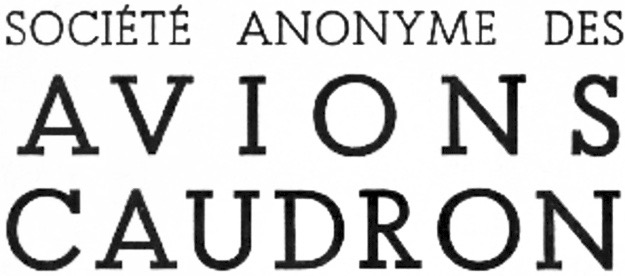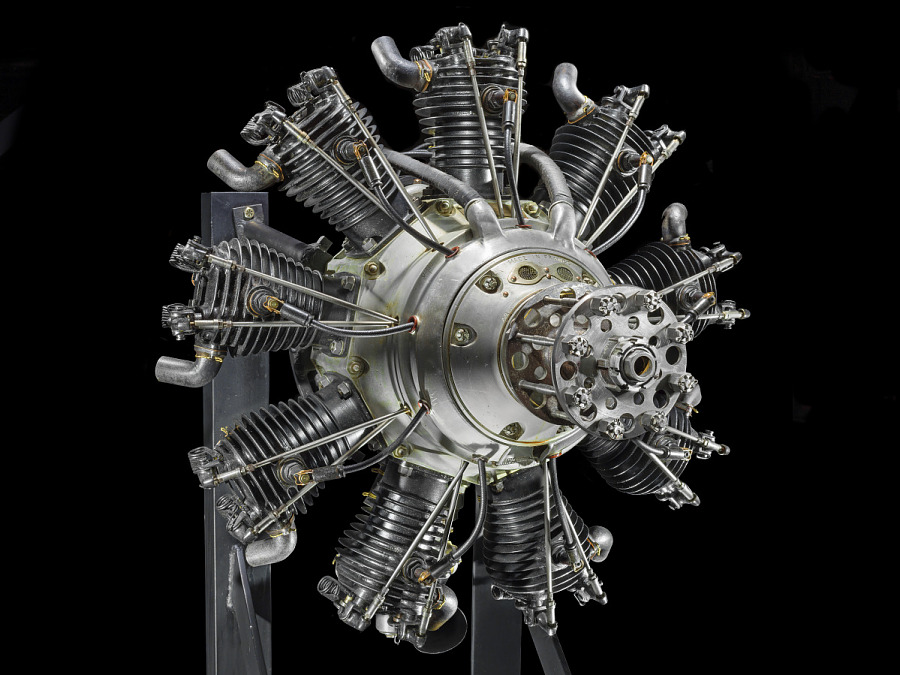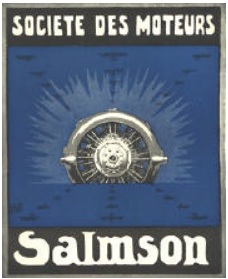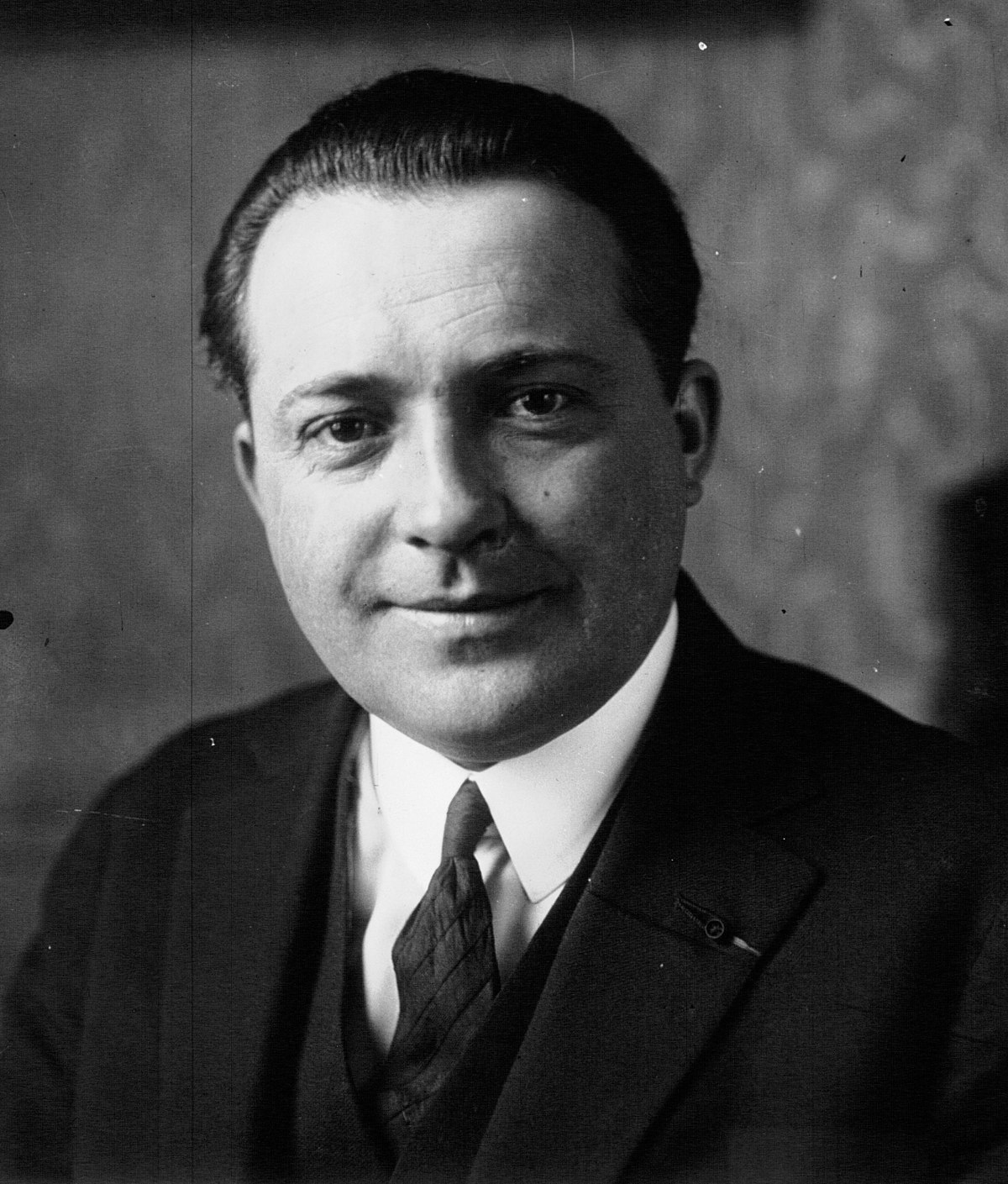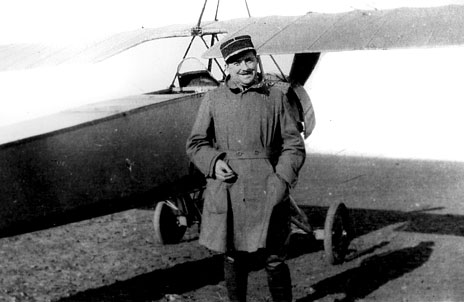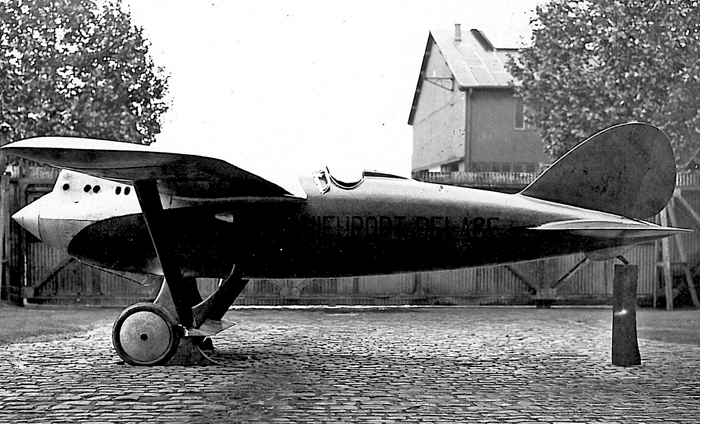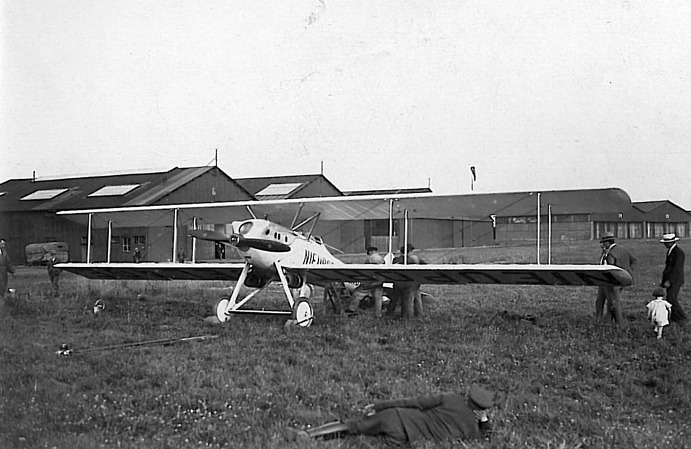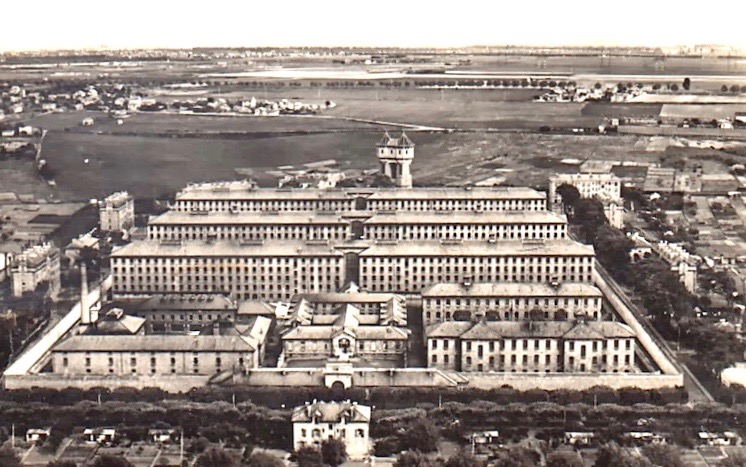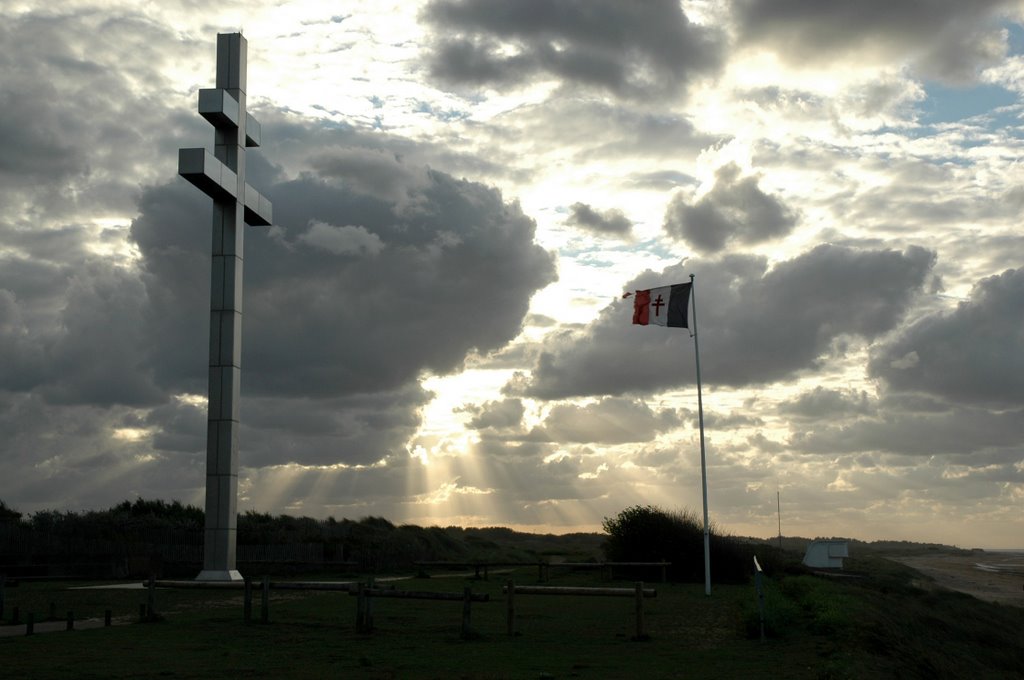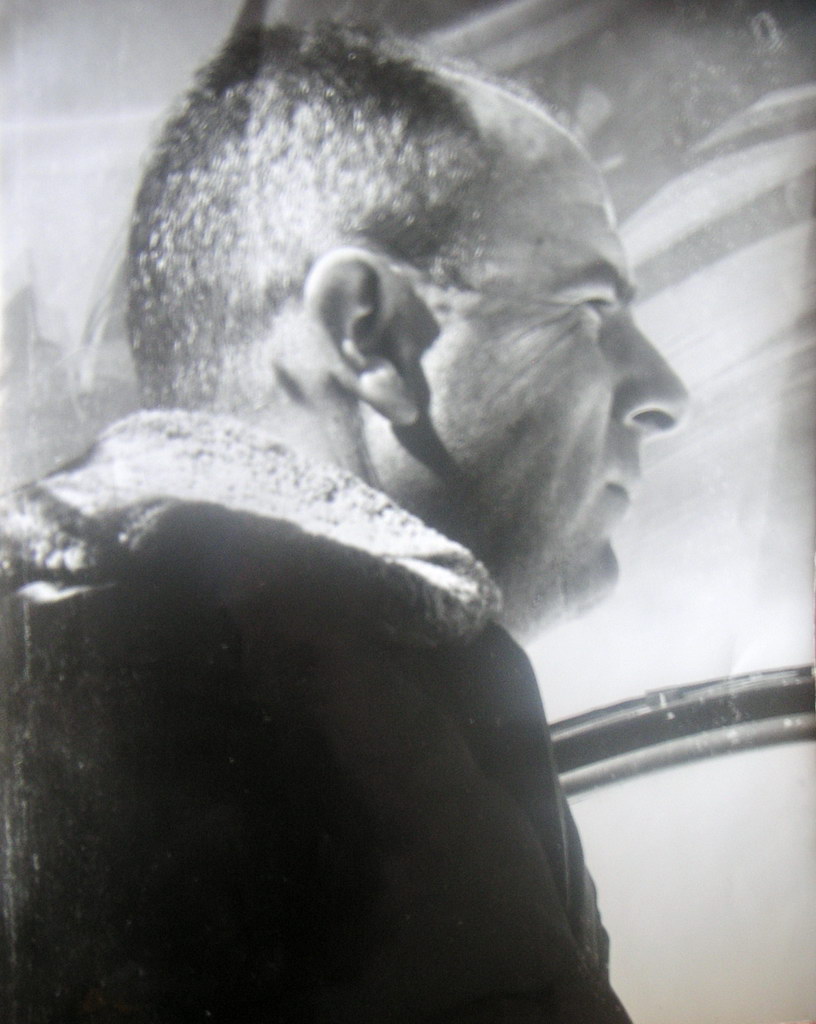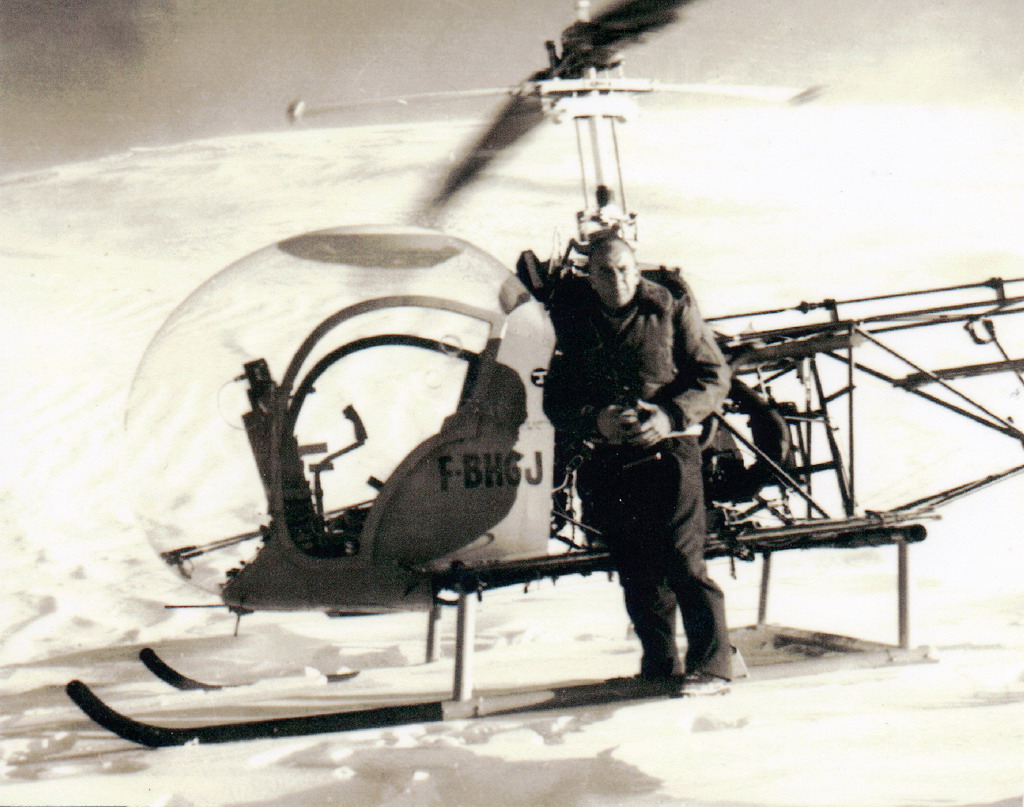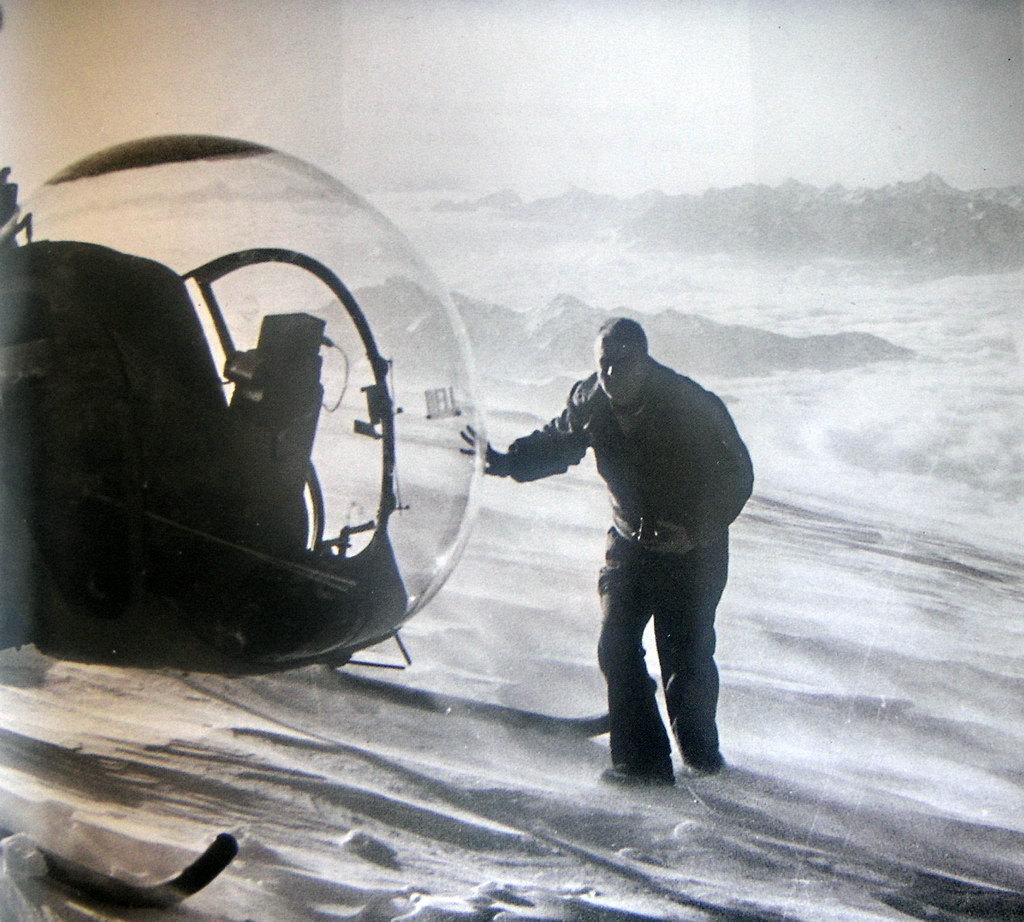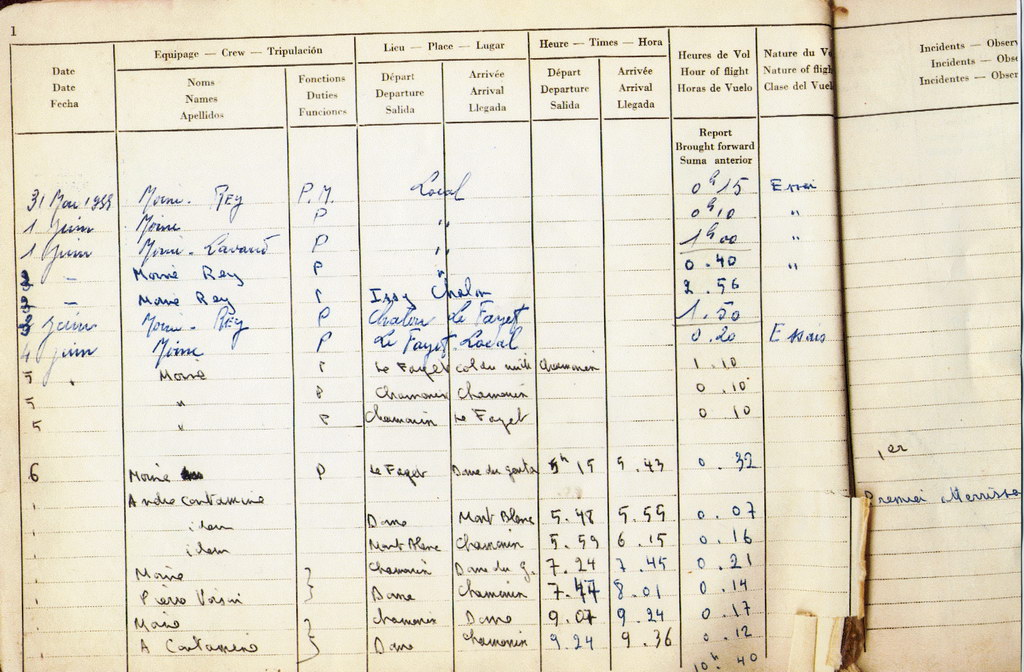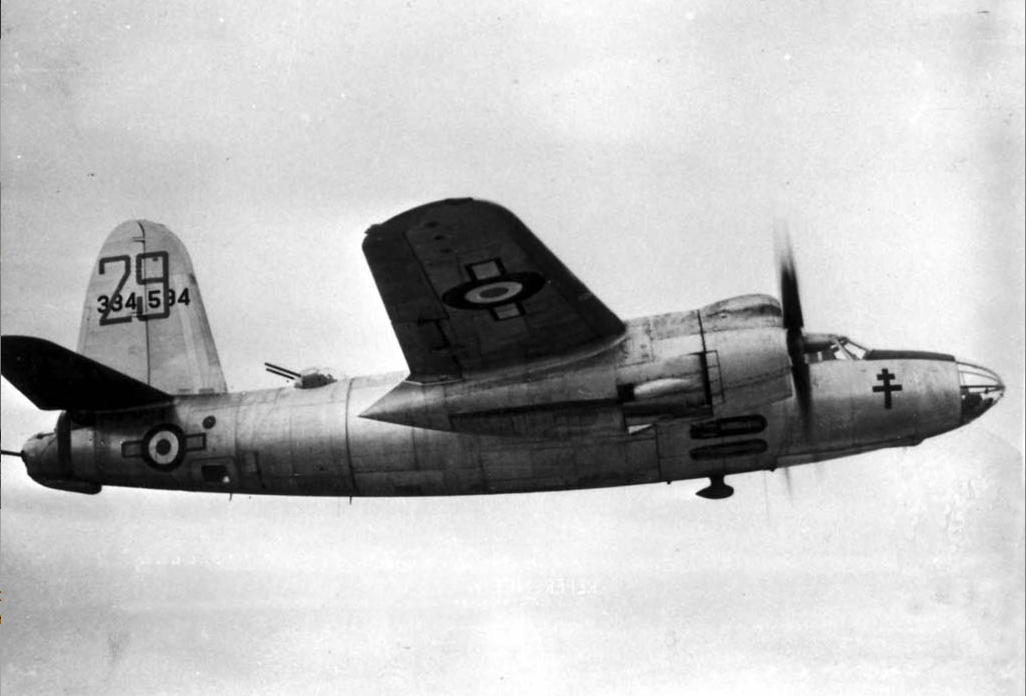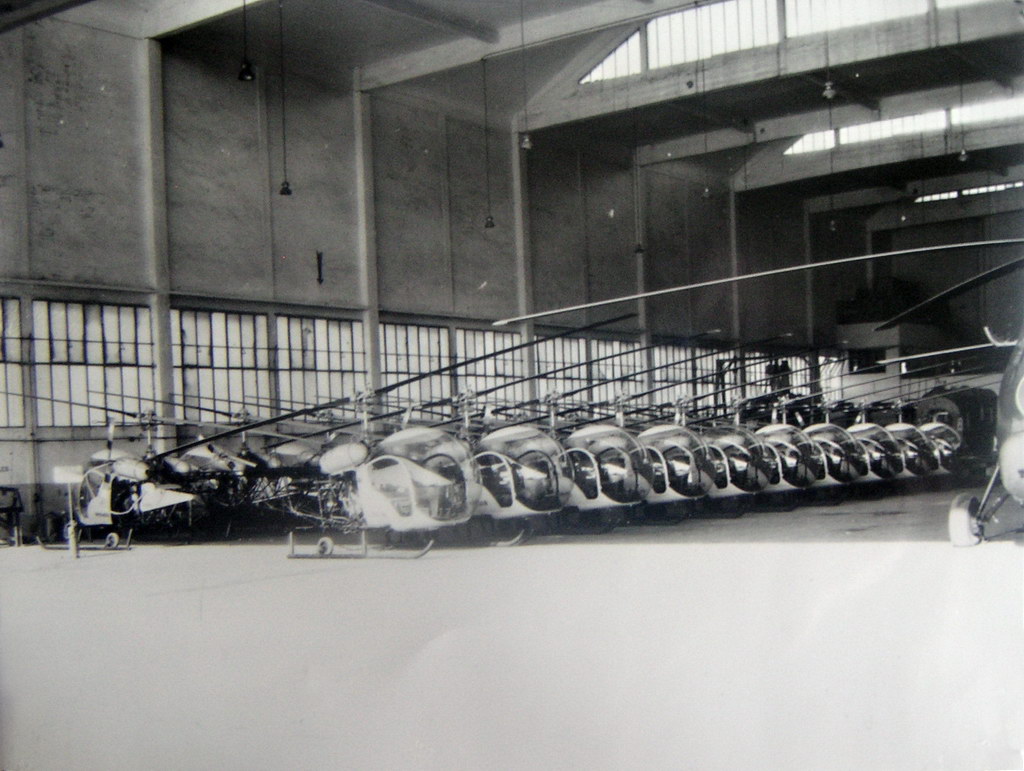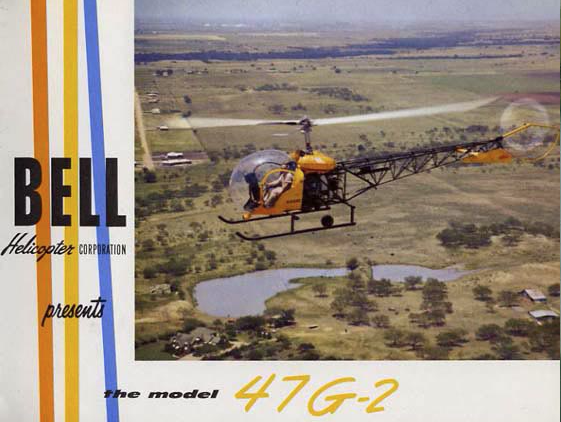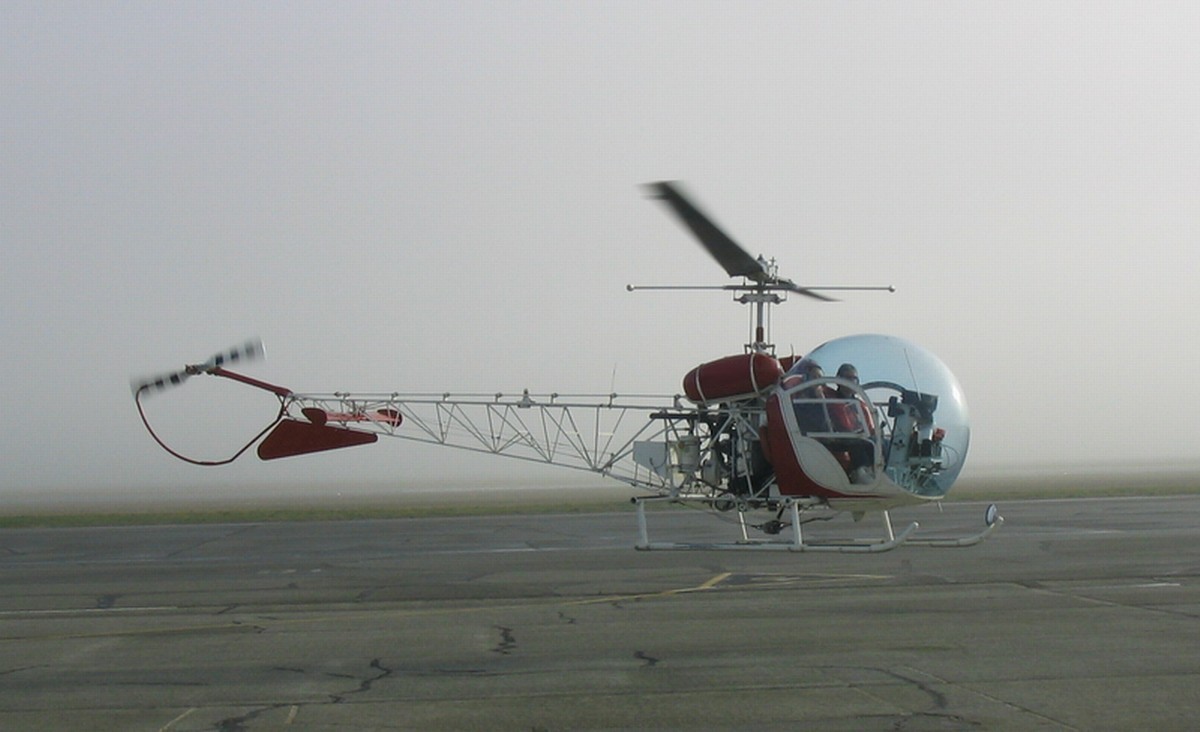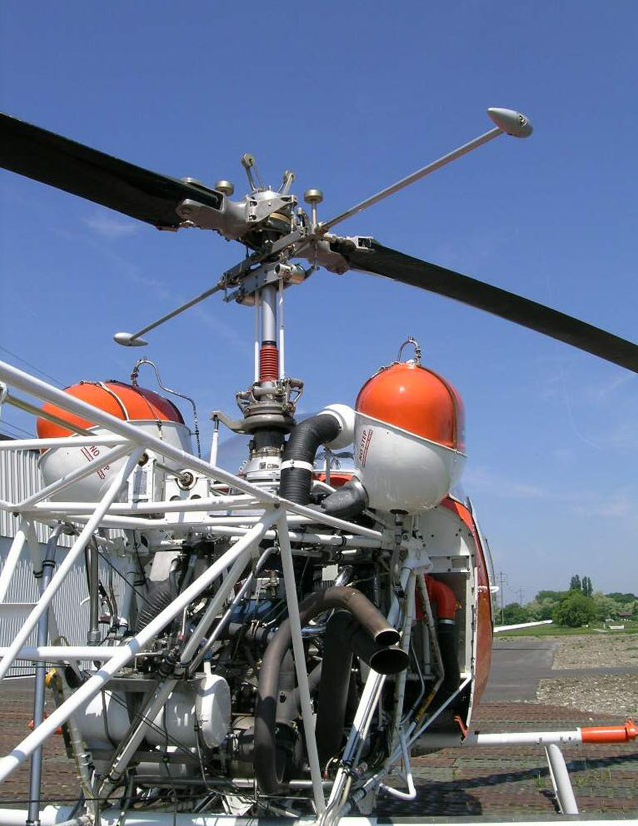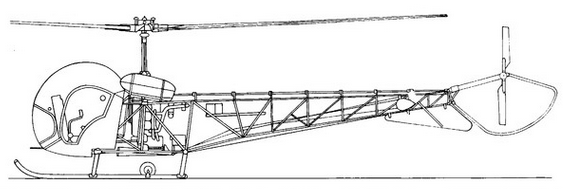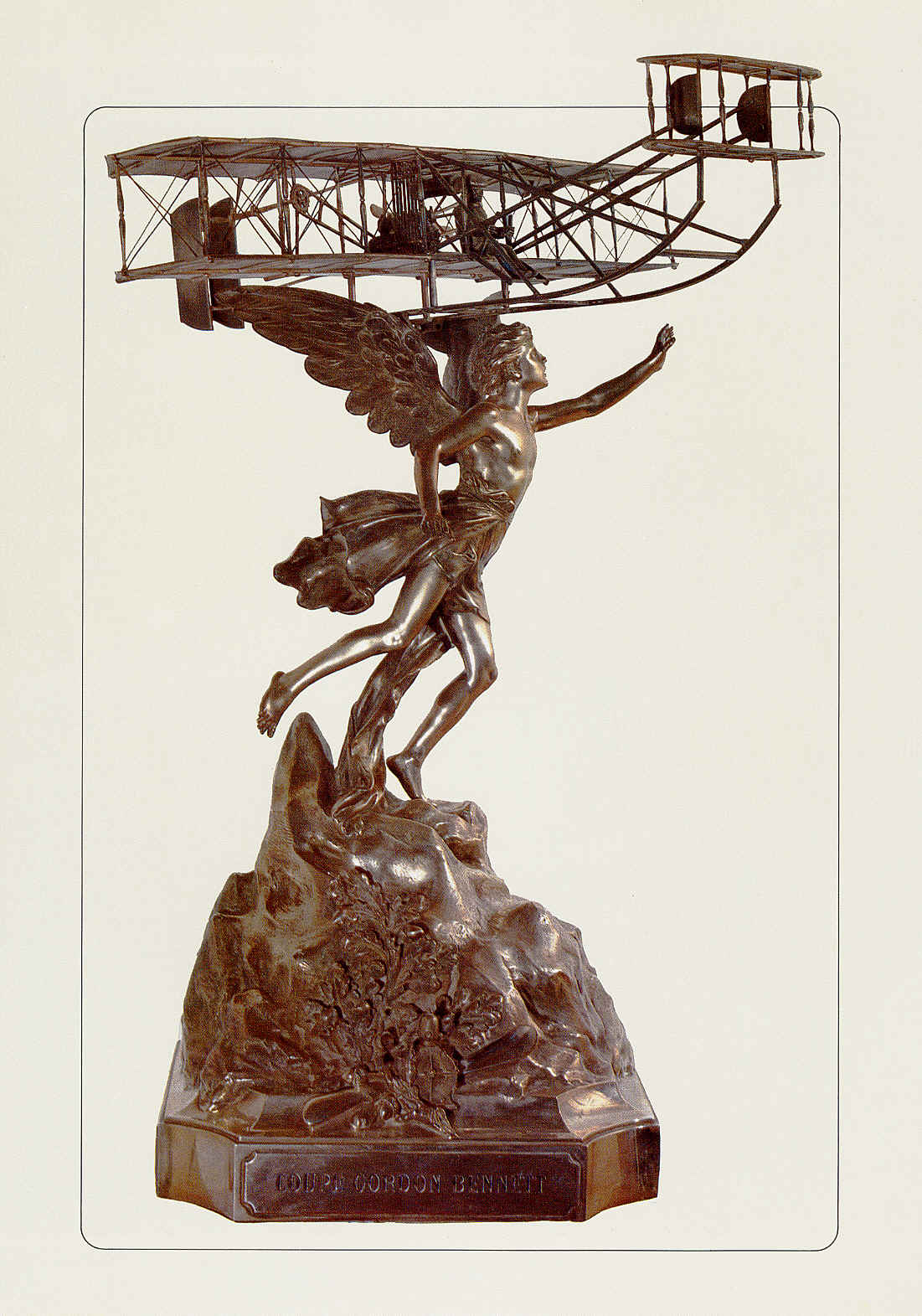
28 September 1920: The fifth Gordon Bennett Aviation Trophy Races was held. The Trophy was sponsored by an American businessman, James Gordon Bennett, Jr., publisher of the New York Herald newspaper. Gordon Bennett had previously sponsored the James Gordon Bennett Cup for yachting, the Gordon Bennett Cup for automobile racing, and the Coupe Aéronautique Gordon Bennett for ballooning.
The airplane races were held annually from 1909 until 1913. In those years, the race had been one twice by France, once by the United Kingdom and twice by the United States. Like the Coupe d’Aviation Maritime Jacques Schneider (the Schneider Cup) for seaplanes, the nation which won the race three times consecutively would be permanently awarded the trophy. Because of the World War, no races were held 1914–1919.
Flight reported:
THE GORDON-BENNETT RACE
It had been anticipated that this year’s race for the Gordon-Bennett Aviation Trophy would have been a much better contest than any of the five previous competitions. Great Britain and the United States had challenged France, and the teams of each of the three countries comprised very fast machines. But disappointment followed on disappointment, and in the end only one competitor—Sadi Lacointe, on a French Nieuport—completed the full course of 300 kiloms. without trouble, and he thereby won the trophy for France for the third time.
During the early morning of Tuesday a thick mist hung over the ground, and it was not until 1.36 p.m. that the first competitor got away, this being Kirsch on one of the French Nieuports. He was followed by de Romanet on a Spad, and the third member of the French team—the favourite—Sadi Lecointe. The American team—Rinehardt on the Dayton-Wright and Major Schroeder on the Army machine—followed a few minutes after, and then there was a long wait before Raynham, on the Martinsyde “Semiquaver,” the only British representative, got away. Kirsch did the first 100 kiloms in 21 mins. 29 secs., while de Romanet took 22 mins. 52-1/5 secs., but both had to come down soon after they completed the second lap, and Kirsch retired. The Americans did not survive long, Rinehardt having to come down after a quarter of an hour, having difficulty with his steering, while Schroeder was put out of the contest by engine trouble at the end of the first round.
Raynham was unable to complete one lap, apparently being in trouble with the engine of his machine.
This left Sadi Lecointe, whose time for the 100 kiloms. was 21 mins. 36 secs., for 200 kiloms. 43 mins. 42-3/5 secs., and for the full course of 300 kiloms. 1 hr. 6 mins. 17-1/5 secs., his average speed working out to 270 kiloms. (168 miles) per hour. De Romanet completed the course in 1 hr. 39 mins. 50-3/5 secs.
The Trophy remains in France, and as she has won it three times it stays there permanently. Sadi Lecointe also won the cash prize of 10,000 francs offered by the Aero Club of France, and a similar prize offered by the Aero Club of America.
The French team had been chosen in an eliminating trial on Sunday, when the three pilots mentioned above were selected. Barault, on a Borel-Hispano, would probably have secured the third place if he had only flown the course as it was arranged.
The American team was reduced by one owing to the accident to Rholfs on the Curtiss. On landing at Villacoublay the chassis collapsed, and the pilot was injured, but not very seriously.
—FLIGHT, The AIRCRAFT ENGINEER & AIRSHIPS, No. 614 (No. 40, Vol. XII.), 30 September 1930, at Page 1038
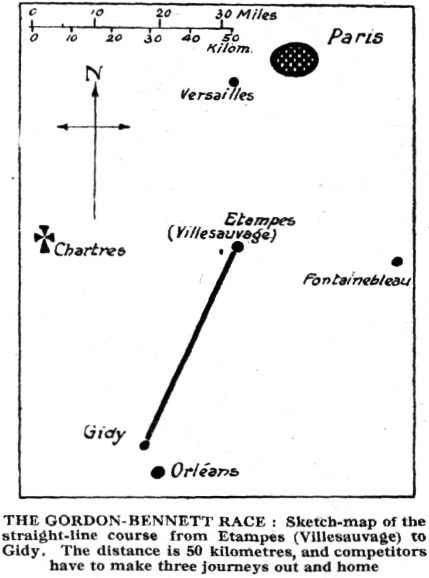
The 1920 air race, held on Tuesday, 28 September, over a course of 300 kilometers (186.4 miles) at Villecoublay-La Marmogne, France. It was won by Nieuport-Delâge’s chief test pilot, Joseph Sadi-Lecointe, flying a Nieuport-Delâge Ni-D 29V. As France had previously won the 1912 and 1913 races, the Gordon Bennett Aviation Trophy was permanently awarded to the Aero Club of France and retired.
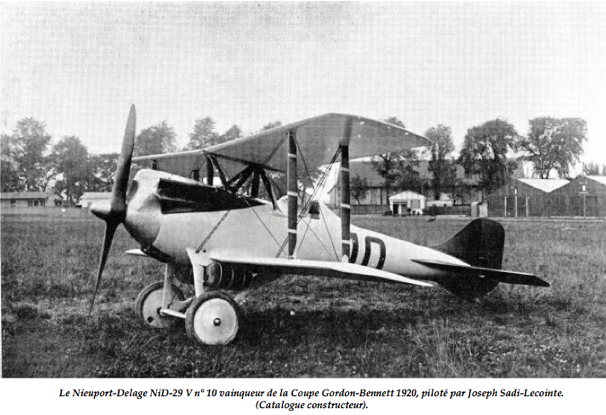
During the race, Sadi-Lecointe set a a Fédération Aéronautique Internationale (FAI) World Record for Speed Over 200 Kilometers 274.60 kilometers per hour (170.63 miles per hour). The FAI official time for the distance was 43 minutes, 42-3/5 seconds. (FAI Record File Number 15494)
Sadi-Lecointe’s Ni-D 29V was one of three racing variants of the highly successful single-engine, single-seat Ni-D 29C.1 biplane fighter, which was the fastest in the world at the time. The Ni-D 29V was 21 feet, 3.5 inches (6.489 meters) long, with a wing span of just 6.00 meters (19 feet, 8¼ inches), shortened from the 31 feet, 10 inch (9.703 meters) wingspan of the standard production chasseur.
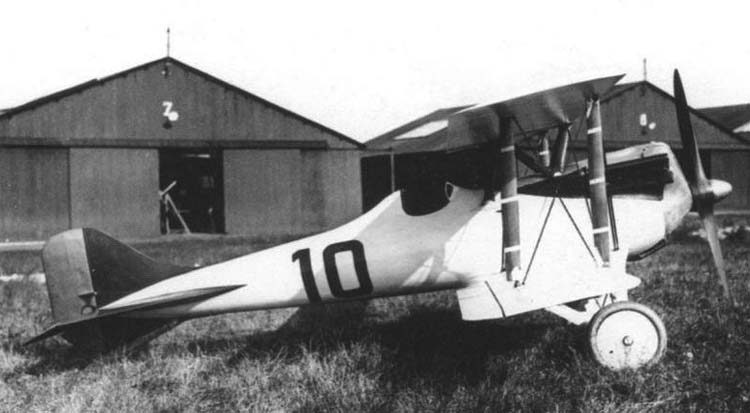
The airplane was powered by a water-cooled, normally aspirated, 18.473 liter (1,127.29-cubic-inch displacement) right-hand tractor Hispano-Suiza 8Fb single overhead cam (SOHC) 90° V-8 engine, modified to increase its output to 320 horsepower. This was a direct-drive engine, and turned a two-bladed-fixed pitch propeller. The engine was 1.32 meters (4 feet, 4 inches) long, 0.89 meters (2 feet, 11 inches) wide, and 0.88 meters (2 feet, 10½ inches) high. It weighed 256 kilograms (564 pounds).
The standard airplane had a top speed of 235 kilometers per hour (146 miles per hour), a range of 580 kilometers (360 miles) and a service ceiling of 8,500 meters (27,887 feet).

Flight commented on de Romanet’s airplane:
The Spad
As regards the French Spad flown by Bernard de Romanet, this had the standard Spad fuselage of monocoque construction, but an alteration in the wing arrangement was noticeable. Instead of carrying the top plane on centre section struts from the body, the G.B. Spad had its top plane attached direct to the fuselage. Judging by its performance, this innovation did not improve the speed, and the machine was obviously slower than Lecointe’s Nieuport. In the first place, the maximum cross section of the body is much greater than the Nieuport, and the large nose radiator probably does not make matters better, although one would imagine that the two Lamlin radiators fitted to the Nieuport offer quite a lot of resistance. However, these radiators are now very extensively fitted on French machines, so perhaps their resistance is less than one would be inclined to expect.
—FLIGHT The Aircraft Engineer & Airships, No. 615 (Vol. XII, No. 41, 7 October 1920, Page 1058, Column 1
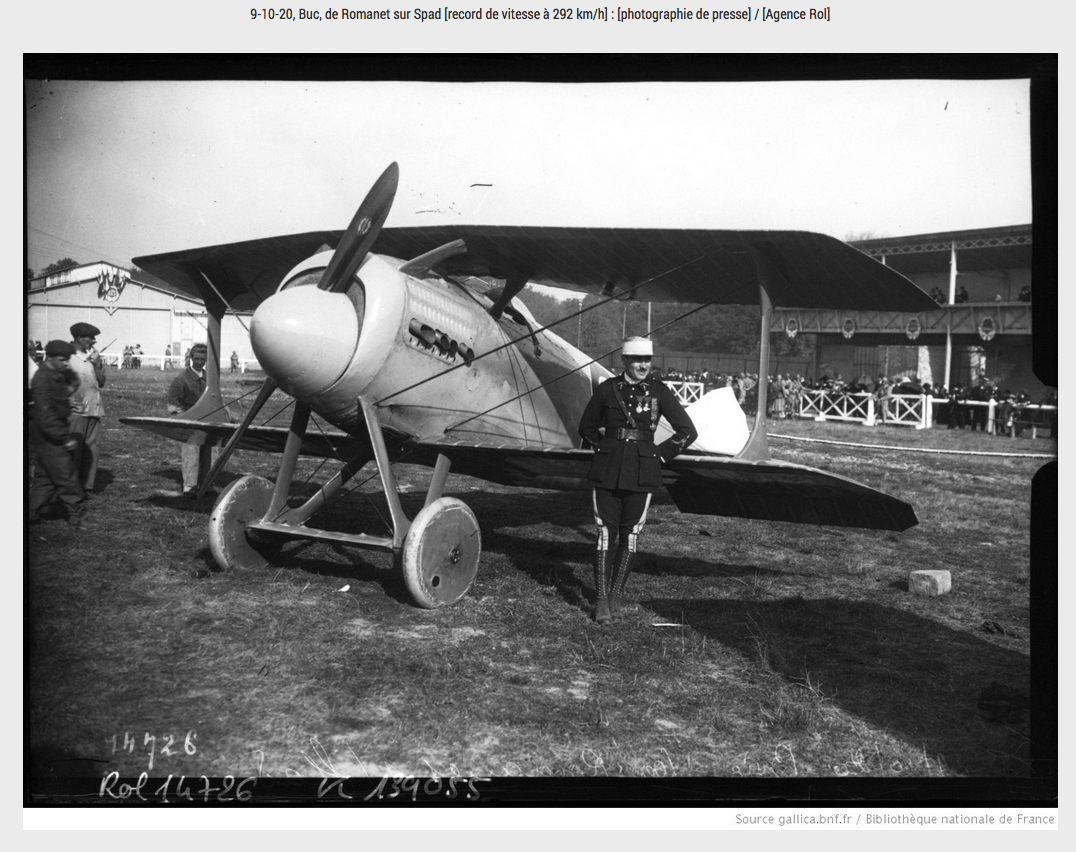
The SPAD Type 20 bis (Spad-Herbemont) was a single-seat, single-engine, single-bay biplane racer based on the two-seat S.XX fighter, designed by André Herbemont. The racer was 7.50 meters (24 feet, 7.3 inches) long with a wingspan of 6.48 meters (21 feet, 3.1 inches) and height of 2.50 meters (8 feet, 2.4 inches). The wings had a surface area of 14 square meters (151 square feet). The airplane had an empty weight of 890 kilograms (1,962 pounds), and gross weight of 1,050 kilograms (2,315 pounds). The racer carried 80 kilograms (176 pounds) of fuel.

The S.20s were powered by a water-cooled, normally-aspirated La Société Hispano-Suiza single-overhead cam 90° V-8 engine rated at 300 horsepower. (Specific variant unknown.)
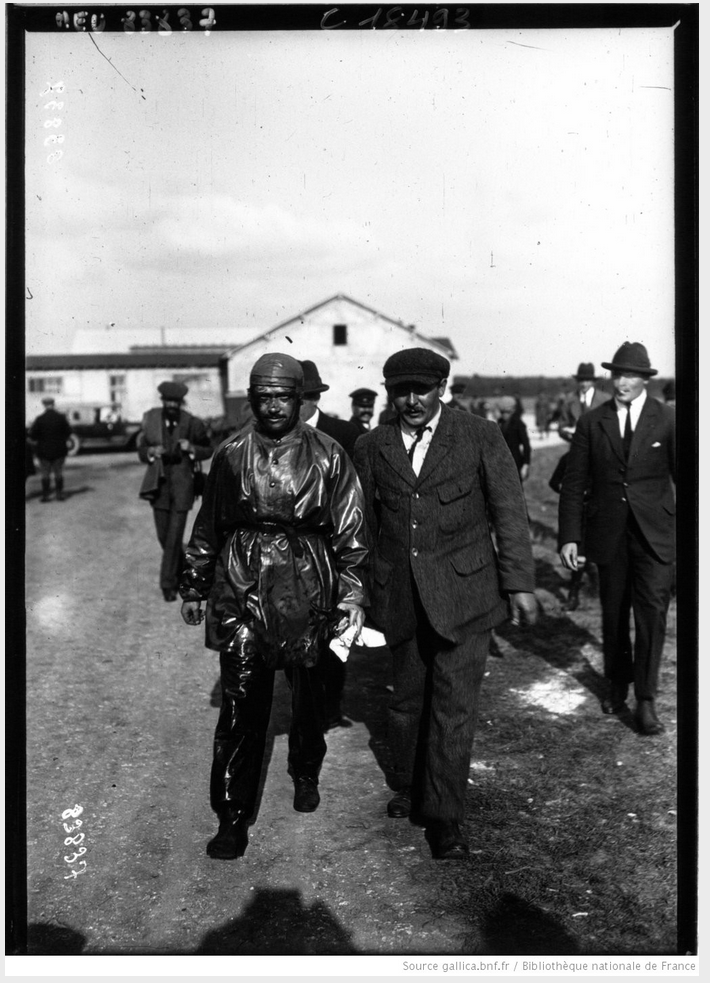
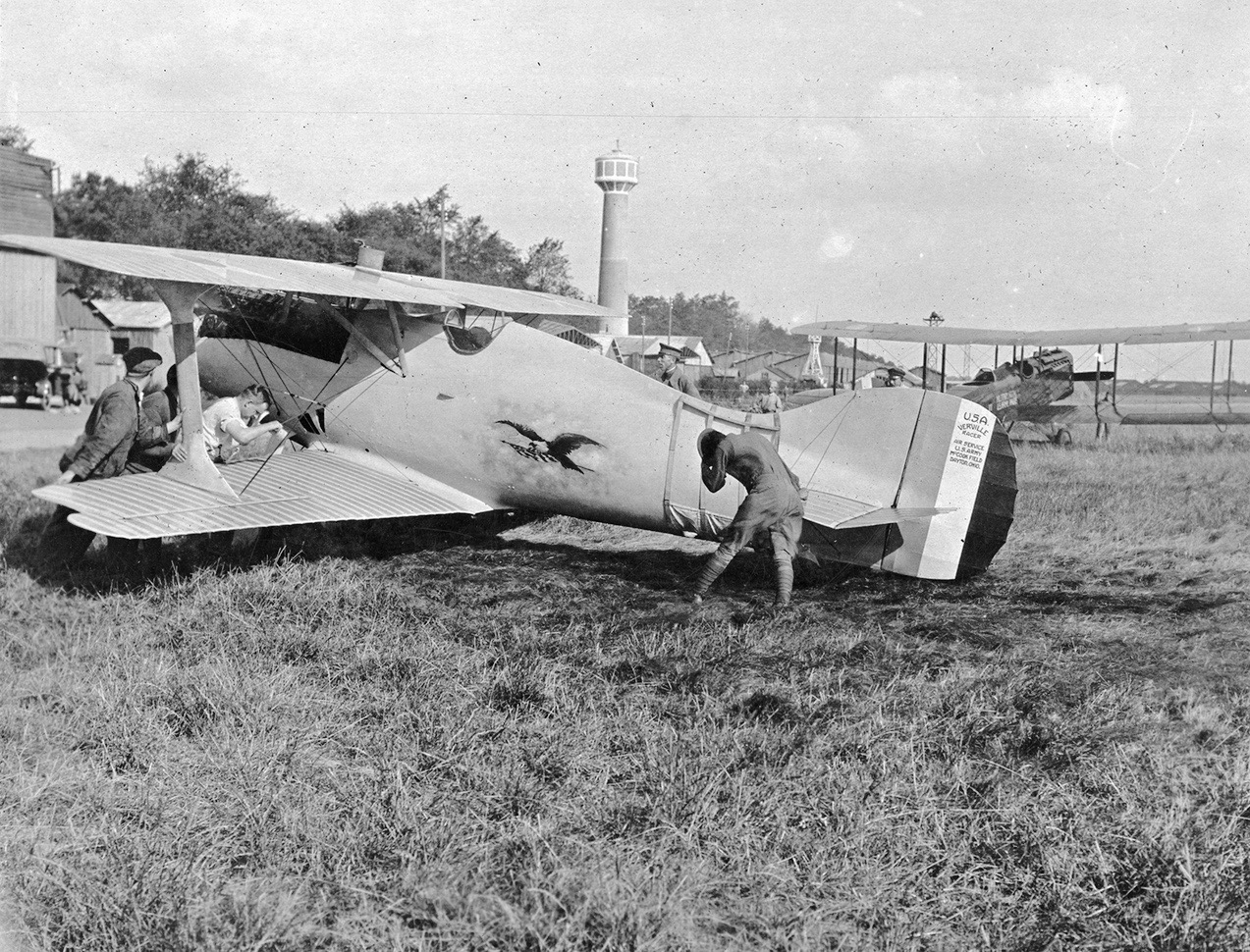
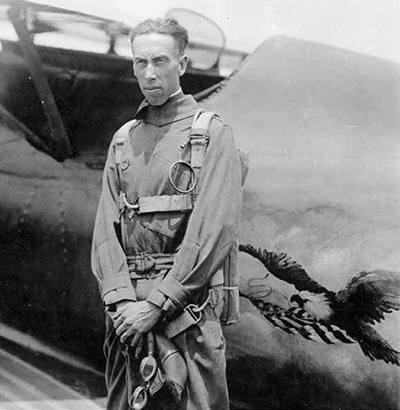
Joseph Sadi-Lecointe learned to fly in 1910. The Aero Club de France awarded him its license number 431 on 10 February 1910.
He joined the Service Aéronautique (the original form of the French Air Force) as a mechanic in October 1912, and was designated pilote militaire nº375, 20 September 1913. He served as a pilot during World War I, flying the Blériot XI-2, Morane LA and Nieuprt X, then in December 1915 became a flight instructor at l’Ecole de Pilotage d’Avord. Sadi-Lacointe was promoted from the enlisted ranks to sous-lieutenant, 17 September 1917, and was assigned as a test pilot at Blériot–Société Pour L’Aviation et ses Dérivés, where he worked on the development of the famous SPAD S.XIII C.1 fighter.
After the War, he was a test pilot for Nieuport-Delâge, and participated in numerous races and set a series of speed and altitude records with the company’s airplanes.
Sadi-Lecointe returned to military service in 1925 and participated in the Second Moroccan War. Then in 1927, he returned to his position as chief test pilot for Nieuport-Delâge. From 1936 to 1940, he served as Inspector General of Aviation for the French Air Ministry. With the outbreak of World War II in 1939, Lieutenant Colonel Sadi-Lecointe was again recalled to military service as Inspector of Flying Schools.
With the Fall of France, Sadi-Lacointe joined La Résistance française, and operated with the group, Rafale Andromède. He was captured and tortured by the Gestapo at Paris, and died as a result, 15 July 1944.
Joseph Sadi-Lecointe, Commandeur Ordre national de la Légion d’honneur, was awarded the Croix de Guerre in three wars. He was posthumously awarded the Médaille de la Résistance. The Aéro-Club de France awarded him its Grande Médaille d’Or de l’Aéro-Club de France. During his flying career, Sadi-Lecointe set seven World Records for Speed, and three World Records for Altitude.
© 2019 Bryan R. Swopes
